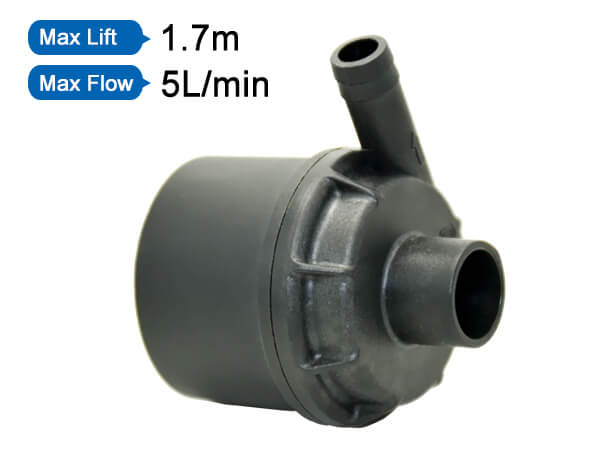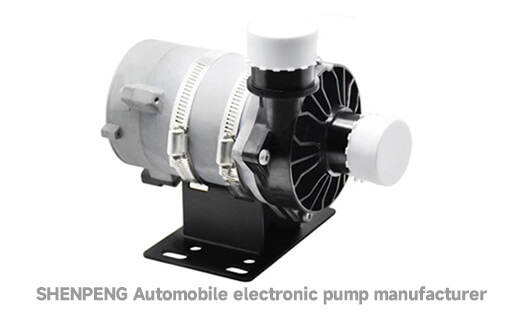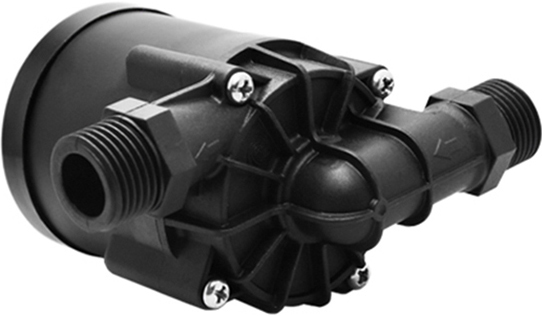Working principle of centrifugal pump, hydraulic pump, Axial-flow pump and gear pump
Published:2023-07-27
The working principle of a centrifugal pump is to use the rotation of the impeller to cause water to undergo centrifugal motion and work as a water pump. Before starting the water pump, the pump casing and suction pipe must be filled with water, and then start the motor to drive the impeller and water to rotate at high speed. Centrifugal motion occurs and is thrown towards the outer edge of the impeller, flowing into the water through the volute pump casing channel. For example, when the umbrella is rotating, if the umbrella rotates faster and the friction is insufficient to make the water drop Circular motion, the water drop will move away from the outer edge of the umbrella, just like pulling a stone with a rope in a circle. If the speed is too fast, the rope will move, and if it is broken, the stone will fly out. This is the main working principle of the so-called centrifugal pump.

The principle of a hydraulic pump is a hydraulic component that provides pressure liquid for hydraulic transmission. It is a type of pump. Its function is to convert the mechanical energy of power machinery such as electric motors and internal combustion engines into liquid pressure energy. The principle is that the motor drives the cam to rotate, and when the cam pushes the plunger upward.

The working principle of Axial-flow pump is to suspend the wing in the fluid. When the fluid flows at a certain speed, negative pressure is generated on the surface of the wing, and positive pressure is generated on the back of the wing. The magnitude of positive and negative pressure is related to the shape and angle of attack of the wing, as well as the inclination of the liquid flow direction and the magnitude of the fluid velocity. If the fluid does not move, the speed of the wing is the same.

The working principle of a gear water pump is that the teeth of two gears separate, creating low pressure, and water is sucked in and migrated along the shell wall to the other side. Less flexibility can meet diverse needs and the operation is relatively simple. The working principle of a pump is to transfer the mechanical energy or other external energy of the prime mover to the liquid to increase its energy. Mainly used for transporting liquids such as water, oil, acid, alkali, emulsions, suspended emulsions, and liquid metals.
- Distribution in Water Heater Mattresses: Why BLDC Pumps Ensure Uniform Heating
- How BLDC Pumps Ensure Precise Flow in Water Dispensers
- Why BLDC Pumps Are Essential for Smart Toilets
- The Critical Role of Automotive Electronic Water Pumps in New Energy Vehicle Battery Thermal Management
- Noise Control Technology for Smart Toilet Water Pumps: Enhancing Quiet Operation in Modern Bathrooms
- Unveiling the Working Principle of Automotive Electronic Water Valves
- Comparative Analysis of Liquid-Cooled Pumps vs. Air-Cooled Systems for EV Charging Stations
- Technical Application of Brushless DC Motors in Energy Storage Circulation Pumps
- Water Heater Pump: Efficiency Upgrade for Low-Voltage Systems
- How Dishwasher Water Pumps Enhance Cleaning Coverage Through Stable Operation?
